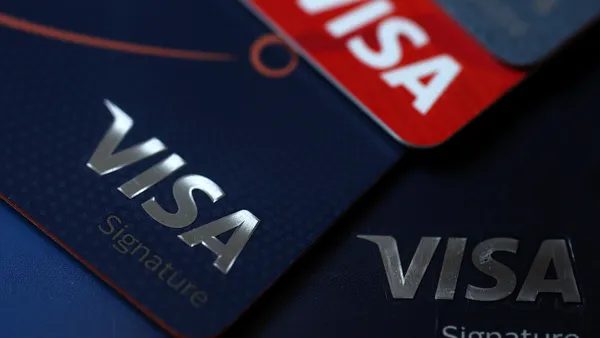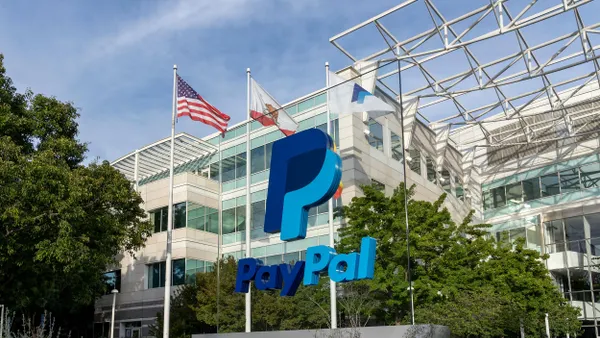In the world of B2B payments, the challenges go beyond payment methods. Merchants are dealing with a range of processes and outdated systems that are holding them back.
Think of B2B payments like a calm pond with a duck on the surface—looks serene, but under the water, there's a tangle of outdated processes causing inefficiencies.
The fundamental issues revolve around all of the manual and unoptimized steps between a purchase request all the way to credit underwriting, invoice monitoring, payment collection, and account reconciliation.
In this article, we’ll explore three benefits that might not be obvious when you think about B2B payments but have the power to transform your business.
Boosting purchasing power with strategic credit terms
B2B buyers traditionally rely on credit terms for transactions, yet the application process often remains confined to offline channels, creating scalability challenges. This disconnect in the credit process translates into missed opportunities to enhance the Average Order Value (AOV) across online transactions. By streamlining the application process online, businesses empower buyers to seamlessly make larger purchases, thereby elevating AOV.
Accessible credit terms also play a pivotal role in contributing to the Lifetime Value (LTV) of customers. A smooth and efficient application process increases the likelihood of customers becoming repeat buyers, fostering loyalty and nurturing long-term relationships. According to Balance data, more than 90% of business buyers stated that a poor checkout experience would have a negative impact on their likelihood to become a loyal ecommerce customer.
Preventing lost sales through enhanced payment experiences
Balance data reveals that over 50% of buyers identify slow payment term approval as a top reason to consider switching suppliers, with more than 73% expressing willingness to abandon a purchase due to friction during the checkout process. The payment experience matters not only in terms of ease but also in providing diverse and preferred payment options for B2B buyers.
According to Balance data, the lack of preferred payment methods at checkout stands out as the primary reason B2B buyers contemplate switching suppliers. Therefore, offering a variety of payment options becomes imperative to prevent lost sales. This multifaceted approach ensures that the payment experience aligns seamlessly with the diverse preferences of B2B buyers, thereby contributing to customer retention and sustained revenue.
Onboarding more customers, particularly SMBs
Small and medium-sized businesses (SMBs) and micro-sellers face a notable credit gap. According to 2022 Federal Reserve data, a mere 42% of small businesses have their financing needs met, highlighting a substantial gap in financial services. Despite the crucial role small businesses play in the U.S. economy, they frequently encounter challenges in accessing credit. Lending to small businesses is typically viewed as riskier and more costly than lending to larger firms.
The solution lies in the implementation of smart data algorithms capable of vetting buyers of any size. This approach bridges the credit gap, empowering businesses to serve the long tail and onboard new customers.
Unleashing the full potential of B2B payments
Simplifying credit processes, making payments smoother, and offering credit to a wider customer base can boost efficiency and increase revenue. As B2B ecommerce grows, adopting these strategies doesn't just make businesses experts—it makes them pioneers in the digital landscape. Find out how Balance can help you make the most out of your payment operations.










